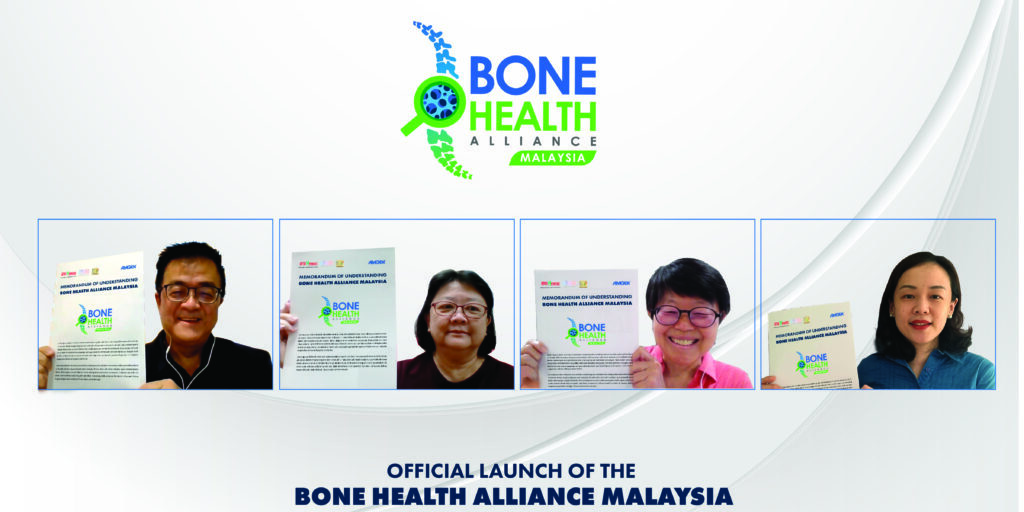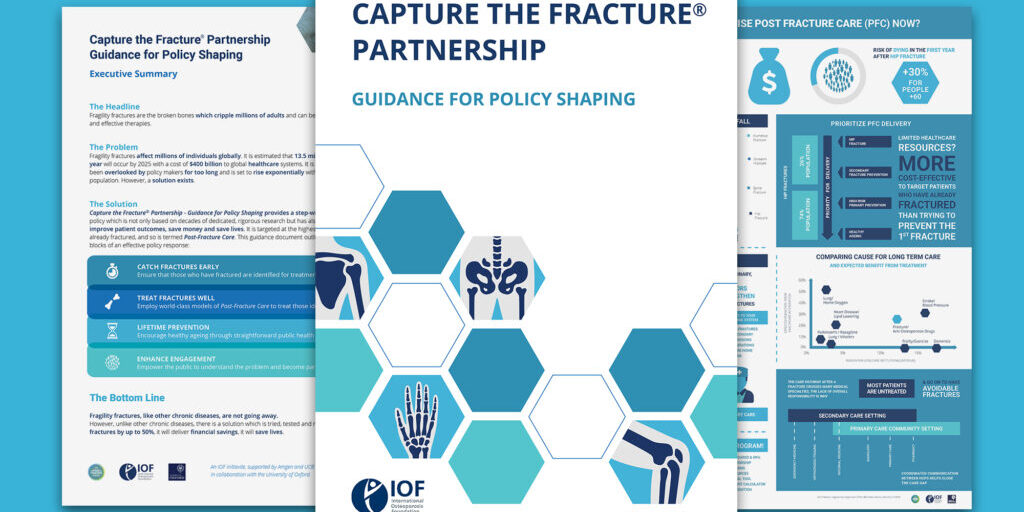As the Asia Pacific region is set to bear the brunt of the global burden of fragility fractures by mid-century, clear, measurable, national action plans must be devised and implemented at scale, according to the authors of a new review.
Titled ‘Quality improvement initiatives in the care and prevention of fragility fractures in the Asia Pacific region’, and just published in the journal Archives of Osteoporosis, the review summarises the recent progress that could inform the development of national roadmaps to improve the bone health of populations served in the Asia Pacific region.
During the United Nations (UN) ‘Decade of Healthy Ageing’, the review’s authors urge governments across the region to urgently respond to the epidemiological emergency posed by fragility fractures, in light of recent studies and reports that document a persistent and pervasive post-fracture care gap among those who have sustained a fragility fracture.
The authors emphasise that global initiatives developed by the Fragility Fracture Network (FFN) and International Osteoporosis Foundation (IOF) have gained significant momentum in the Asia Pacific region, despite the disruption caused by the COVID-pandemic. The Asia Pacific Fragility Fracture Alliance (APFFA) has developed educational resources, including a Hip Fracture Registry Toolbox and a Primary Care Physician Education Toolkit. The Asia Pacific Osteoporosis and Fragility Fractures Society (APOFFS) – a new section of the Asia Pacific Orthopaedic Association (APOA) – is working to engage orthopaedic surgeons across the region, in the care and prevention of fragility fractures. The Asia Pacific Consortium on Osteoporosis (APCO) developed ‘The APCO Framework’ (comprising 16 minimum clinical standards that serve as a benchmark for the provision of optimal osteoporosis care in the region), to support national clinical guidelines and development groups. Substantial activity at the national level is further evident in many countries across the region.
During 2020 to 2022, to complement the established Australian and New Zealand Hip Fracture Registry,1 a new Australian and New Zealand Fragility Fracture Registry was developed in both countries2,3 led by the SOS Fracture Alliance in Australia,4 and Osteoporosis New Zealand (ONZ).5 In China, a webinar was delivered on recent progress in hip fracture care.6 A policy round table meeting was held to disseminate the findings of the studies described in the webinar to senior government officials. A national clinical management guideline for hip fractures is currently in development, and establishment of a Chinese National Hip Fracture Registry is also underway. In Hong Kong SAR, China, the Fragility Fracture Network Hong Kong SAR was also established in 2021, and a proposal for a new FLS model focused on vertebral compression fractures.7
In Japan, the benefits of the Toyama City Hospital’s 5-year-experience of implementing a multidisciplinary care model for hip fracture patients was described. There is the introduction of a new national reimbursement scheme for hip fracture patients that incentivises hospitals to undertake surgery within 48 hours and deliver evidence-based secondary fracture prevention.8 In Malaysia, the Fragility Fracture Network Malaysia (FFN M) has delivered a series of FLS workshops, webinars and training courses nationwide, both in-person, and virtual. Many orthopaedic surgeons, geriatricians, paramedics, and nurses participated in the program, which has attracted interest in learning about FLS, and initiating services in participants’ hospitals. A mentor-mentee program was also initiated following the program. The FFN M FLS Framework will be launched in the second half of 2022 to support improvement of existing FLS and initiation of new FLS across Malaysia in 2023 and beyond.
In the Philippines, the first FLS program in the country received its bronze-level recognition in the IOF Capture the Fracture program9 and development of a pilot national hip fracture registry is ongoing. In South Korea, a pilot program for home-based medical care was launched. A real-world, cost-effectiveness evaluation of the FLS model of care for hip fracture patients was undertaken in Chinese Taipei.10 In Thailand, FLS implementation, education, and monitoring also made significant strides.11,12
In order to maintain momentum, the review’s authors explain there is an urgent need for governments region-wide, to embed the care and prevention of fragility fractures into national injury prevention strategies. While the COVID-pandemic disrupted the region, and the world in ways unimaginable in late 2019, since the ‘time before COVID’, numerous initiatives to improve the care received by those who sustain fragility fractures, have been established at both the global, and regional levels, and in many countries, and hospitals across the Asia Pacific. This adage that ‘Failing to plan is planning to fail’ is apt with respect to the prevention of serious and costly injuries that result from the most common bone disease in humans.
In 2018, the Global Call to Action on Fragility Fractures rallied diverse stakeholder sectors to undertake specific actions.13 As the ageing of Asia Pacific region’s population gains pace, the need for widespread implementation of these actions is becoming increasingly urgent. Accordingly, the review’s authors are rallying governments, healthcare professional organisations, and individual healthcare professionals in the Asia Pacific to prioritise the following actions throughout the remainder of 2022, and beyond:
- Governments to:
- recognise, and respond to the threat posed to their societies from fragility fractures;
- prioritise acute and long-term fragility fracture care and prevention in national health strategies; and
- increase funding available to implement – at scale – proven models of care, including Orthogeriatric Services and Fracture Liaison Services (FLS) to improve outcomes for people with fragility fractures.
- Healthcare professional organisations to:
- collaborate nationally and locally to form alliances to speak with a unified voice to policymakers;
- produce consensus guidelines setting clear standards for adequate care using the best available research evidence, and propose metrics to evaluate performance; and
- expand education and research programs that can establish best practice.
- Individual healthcare professionals to:
- seek, create and follow evidence-based best practice;
- form multidisciplinary teams with colleagues to identify and address the needs of people with fragility fractures; and
- in their day-to-day clinical practice, participate in quality improvement programs to continuously improve the care provided to those with fragility fractures.
To read the full article, click here.





